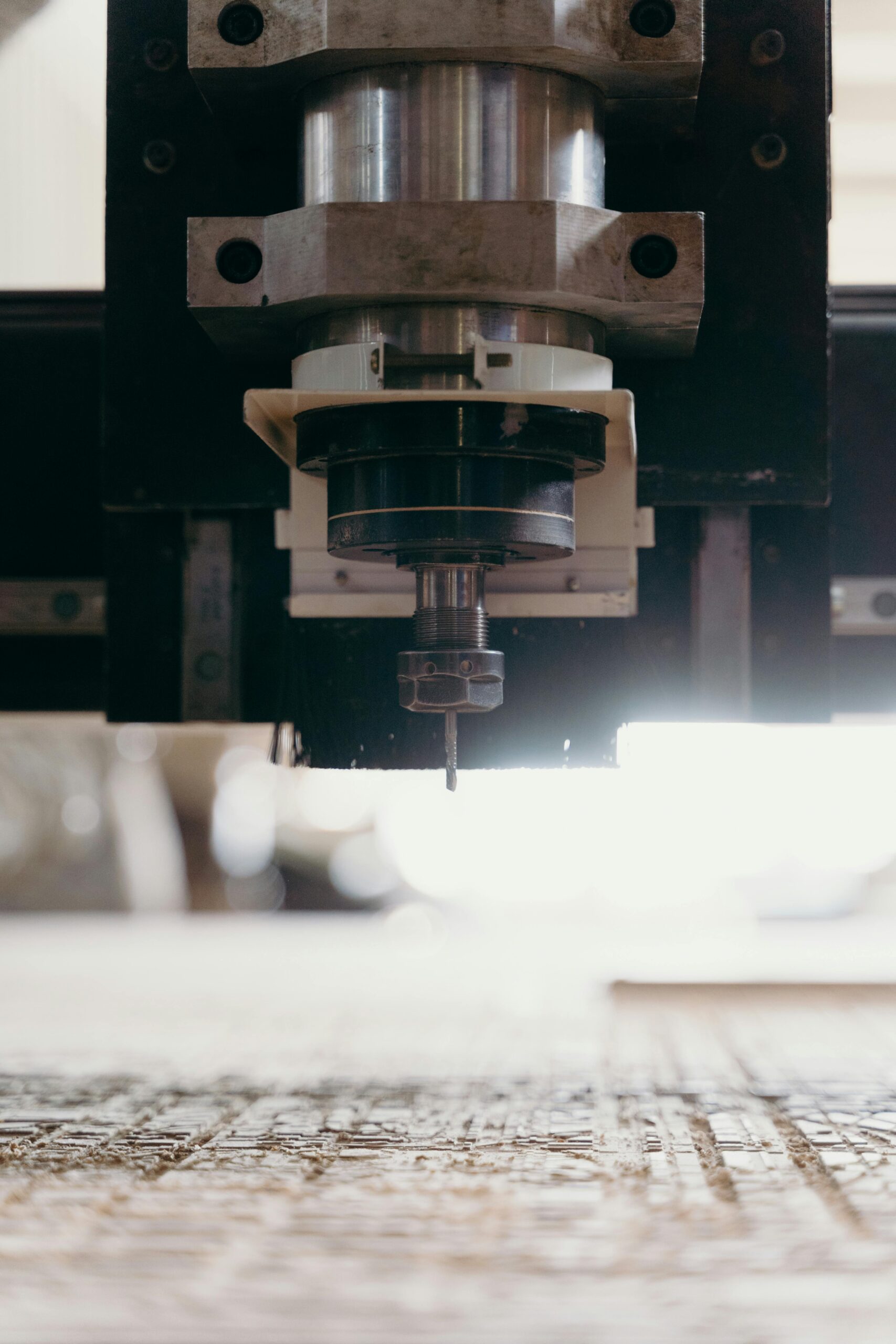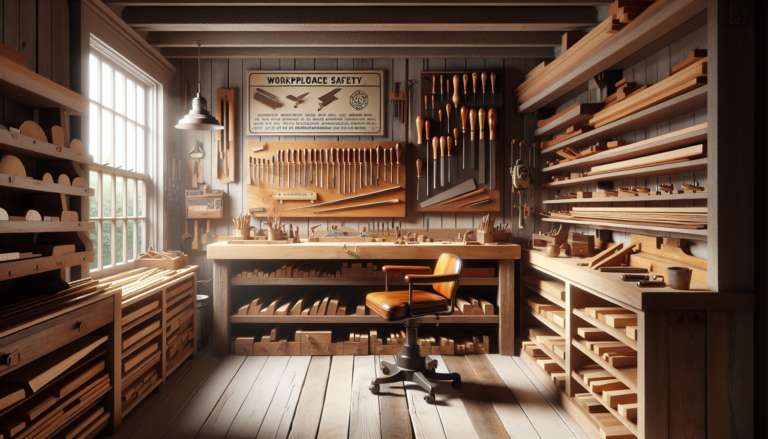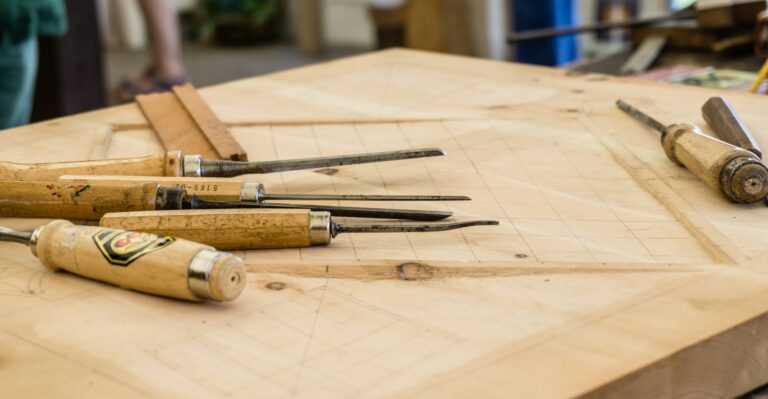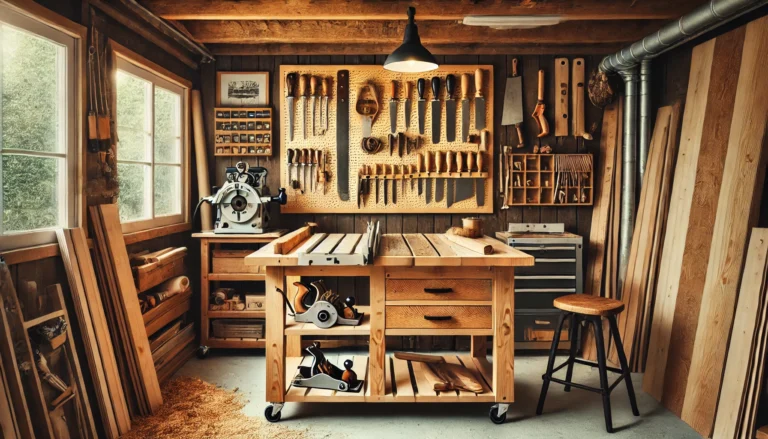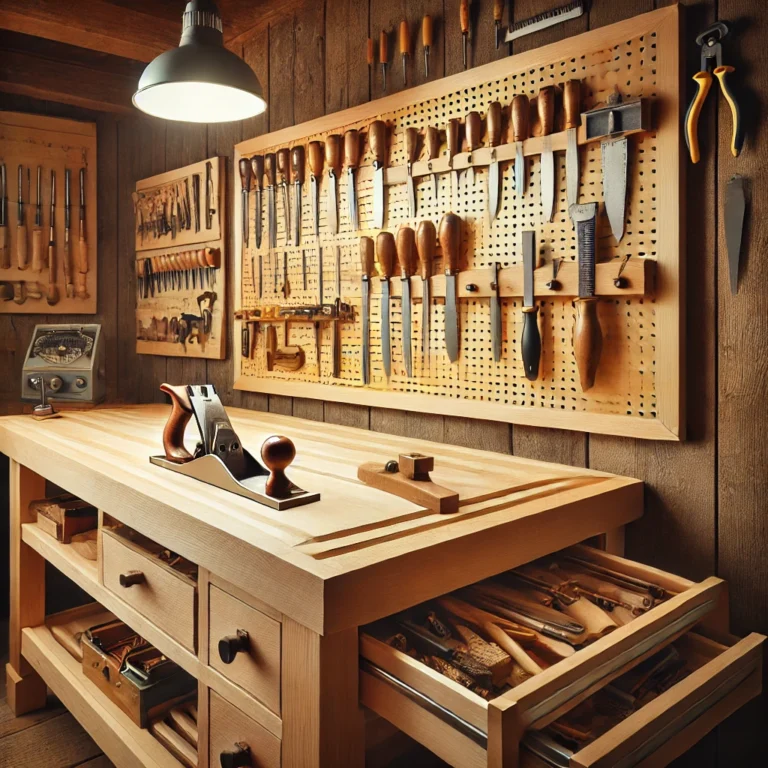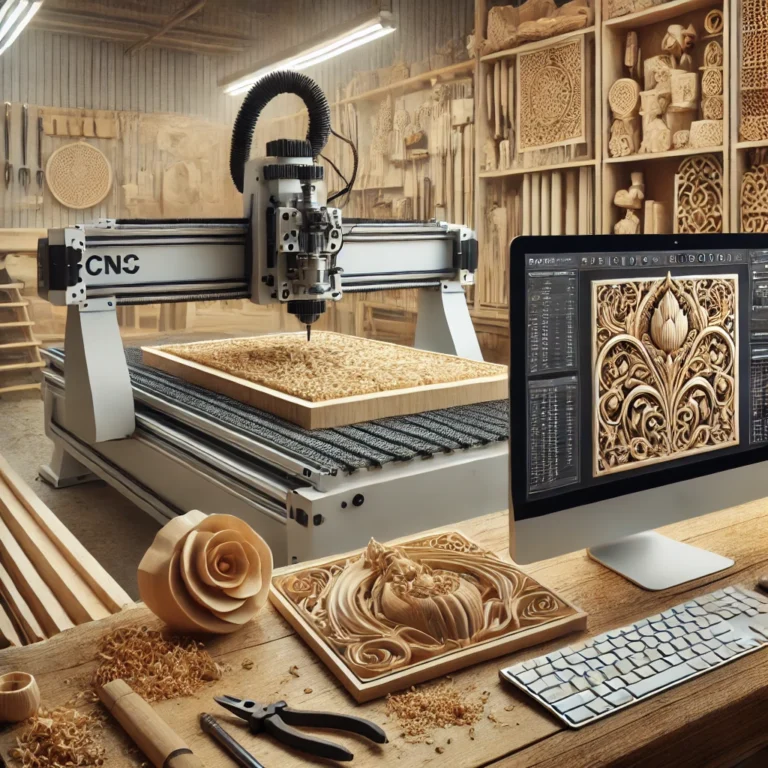The guide every beginner needs when using a CNC.
Introduction
Diving into CNC woodworking can feel overwhelming if you’re unsure what tools to invest in. Fortunately, you don’t need a massive toolkit to get started. In this guide, we’ll walk you through the essential CNC tools every beginner should have in their workshop. By the end of this post, you’ll know exactly what you need to start creating stunning CNC wood projects.
CNC Router Your Primary Tool
- What is a CNC Router?
A CNC router is the core machine used in woodworking projects. It uses a computer-controlled system to carve and shape wood with precision. For beginners, a CNC router is the ideal starting point as it allows for a wide variety of projects, from simple cuts to intricate engravings. - Popular Beginner Models
Some beginner-friendly CNC routers include the Shapeoko 4, BobsCNC Evolution 4, and Genmitsu 3018-PRO. These machines are easy to set up and offer great flexibility in terms of project size and complexity. They are also budget-friendly for those just starting out. - Ease of Use
Most CNC routers for beginners come with user-friendly software and clear instructions for setup. This makes it easier to start using the machine right away without requiring extensive technical knowledge. - Portability
Many beginner CNC routers are compact and lightweight, making them easy to move around. This is particularly beneficial if you don’t have a permanent workshop or need to transport the machine for different projects. - Price Range
CNC routers vary in price, but many good-quality models are available for under $1000. This makes them a great investment for hobbyists or small-scale woodworkers who are just starting out and don’t want to spend too much upfront.
Router Bits The Cutting Edge
- What Are Router Bits?
Router bits are the part of the CNC machine that actually cuts into the wood. They come in different shapes and sizes, each designed for a specific type of cut. Common types include straight bits, V-bits, and ball nose bits. - Different Types for Different Projects
Each router bit serves a specific purpose. For example, a V-bit is perfect for engraving fine details, while a straight bit is ideal for making simple cuts or shapes. As a beginner, you’ll want to start with a basic set of bits to cover a wide range of project needs. - Materials Used in Router Bits
Most router bits are made from high-speed steel or carbide, with carbide bits being more durable and heat-resistant. Investing in good-quality carbide bits can ensure longevity and better results on your projects. - Sharpening and Maintenance
Keeping your router bits sharp is crucial for clean cuts. Many beginners overlook this, but maintaining your bits will extend their life and improve the quality of your work. Invest in a sharpening tool or take them to a professional for regular maintenance. - Choosing the Right Size
Router bits come in various sizes, and the size you choose depends on the intricacy of your design. Beginners should experiment with different sizes to get a feel for how each affects the outcome of their projects.
Design Software Your Creative Toolbox
- The Role of Design Software
Before your CNC machine can start cutting, you need to create or import a design using software. The software converts your design into instructions that the CNC machine will follow, known as a tool path. - Beginner-Friendly Options
Some popular beginner software includes Easel, Carbide Create, and Fusion 360. These programs are intuitive and often come with tutorials or pre-made designs to help you get started. Most CNC routers come with compatible software, making it easy to jump right in. - Creating vs. Importing Designs
While you can create your own designs, many beginners start by importing templates or designs available online. This is a great way to practice using the software before moving on to more complex custom designs. - Compatibility
Ensure that the software you choose is compatible with your CNC machine. Most beginner-friendly CNC routers work seamlessly with popular software, but it’s always a good idea to double-check before you buy. - Free vs. Paid Software
Many beginner programs offer free versions or trial periods, allowing you to test them out before committing to a purchase. Free software is often sufficient for small projects, but paid versions typically offer more features and advanced design capabilities.
Dust Collection System Keeping It Clean
- Why a Dust Collection System Is Important
CNC woodworking generates a significant amount of dust, which can interfere with the machine’s operation and affect the quality of your work. A dust collection system helps keep your workspace clean and ensures that your machine functions properly. - Types of Dust Collection Systems
Dust collection systems range from simple shop vacuums to more advanced systems with dedicated dust extractors. For beginners, a small dust extractor or shop vacuum will usually suffice, as long as it has adequate suction power. - Preventing Damage to Your Machine
Dust can accumulate in the moving parts of your CNC machine, leading to jams or even permanent damage. A dust collection system helps prevent this by capturing dust before it settles on the machine. - Health Benefits
In addition to protecting your machine, a dust collection system also protects your health. Inhaling wood dust can lead to respiratory problems over time, so it’s important to minimize dust in your workspace by using a proper collection system. - Ease of Installation
Most dust collection systems are easy to install and connect to your CNC machine. Many beginner CNC machines come with dust collection ports, making it simple to attach a vacuum or extractor.
Clamps and Fixtures Securing Your Workpiece
- Why You Need Clamps and Fixtures
When using a CNC machine, it’s essential that the material stays in place during the cutting process. Clamps and fixtures are used to secure your workpiece to the CNC table, ensuring that it doesn’t move while the machine is running. - Types of Clamps for CNC Woodworking
There are several types of clamps available, including T-slot clamps, toggle clamps, and cam clamps. Each type serves a different purpose, but they all ensure that the wood remains stable during cutting. - Preventing Material Shifting
If the material moves even slightly while the machine is cutting, it can ruin the entire project. Proper clamping eliminates this risk by holding the wood firmly in place. Beginners should invest in a variety of clamps to suit different project sizes and materials. - Quick-Release Clamps
For efficiency, quick-release clamps allow you to easily secure and release materials without spending too much time on setup. These are particularly useful when working on multiple projects in quick succession. - Fixture Jigs for Complex Projects
In some cases, you’ll need to use fixtures or jigs to hold irregularly shaped pieces of wood. Fixture jigs are custom-built for specific projects, ensuring that even awkwardly shaped materials can be cut accurately.
Also Learn: How to Save Money on CNC Woodworking Tools?
Conclusion
When starting CNC woodworking, having the right tools is key to your success. From choosing the perfect CNC router to ensuring your workspace stays clean with a dust collection system, these essential tools will make your experience smoother and more enjoyable. Equip yourself with these must-have tools, and you’ll be ready to create stunning CNC wood projects in no time.
